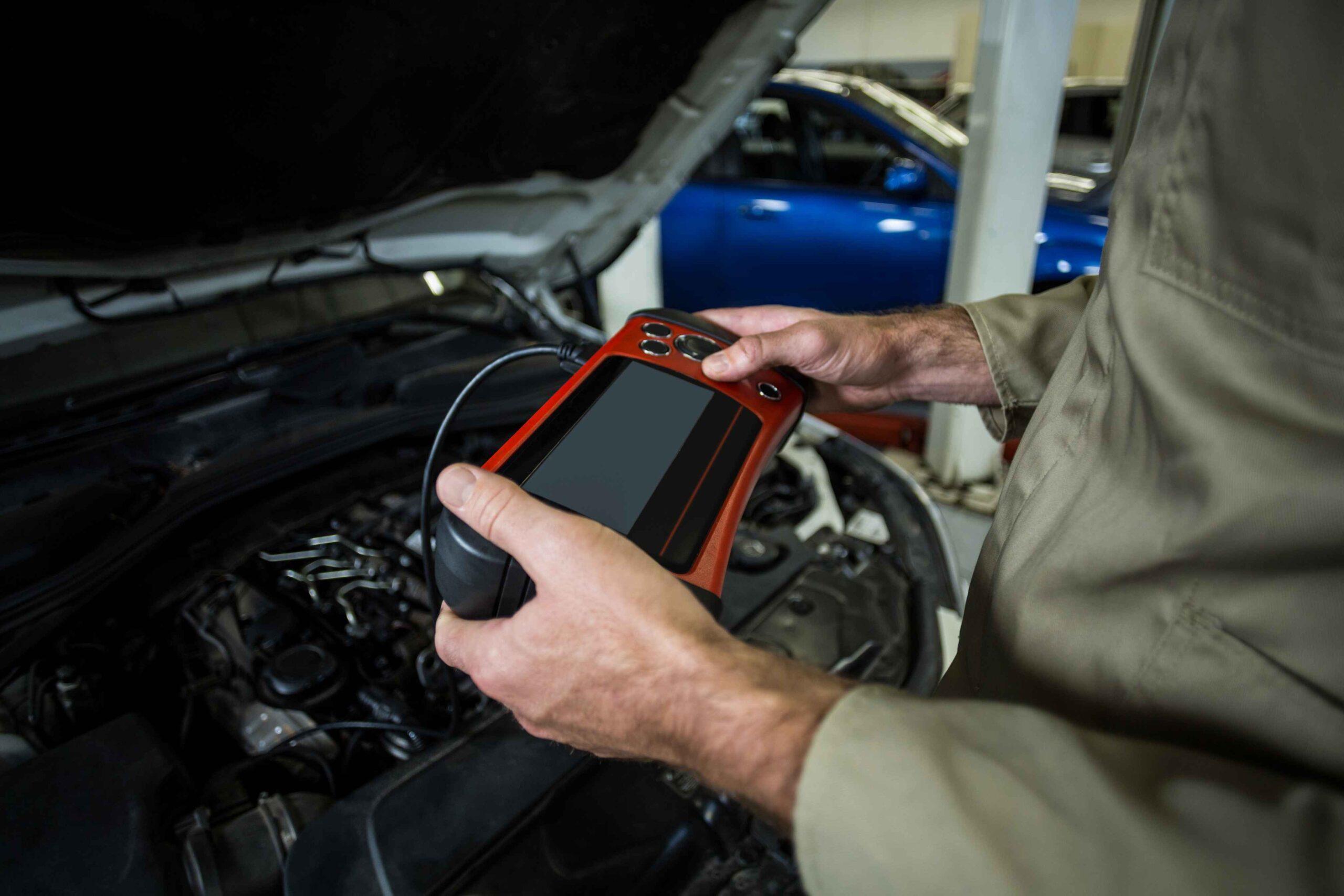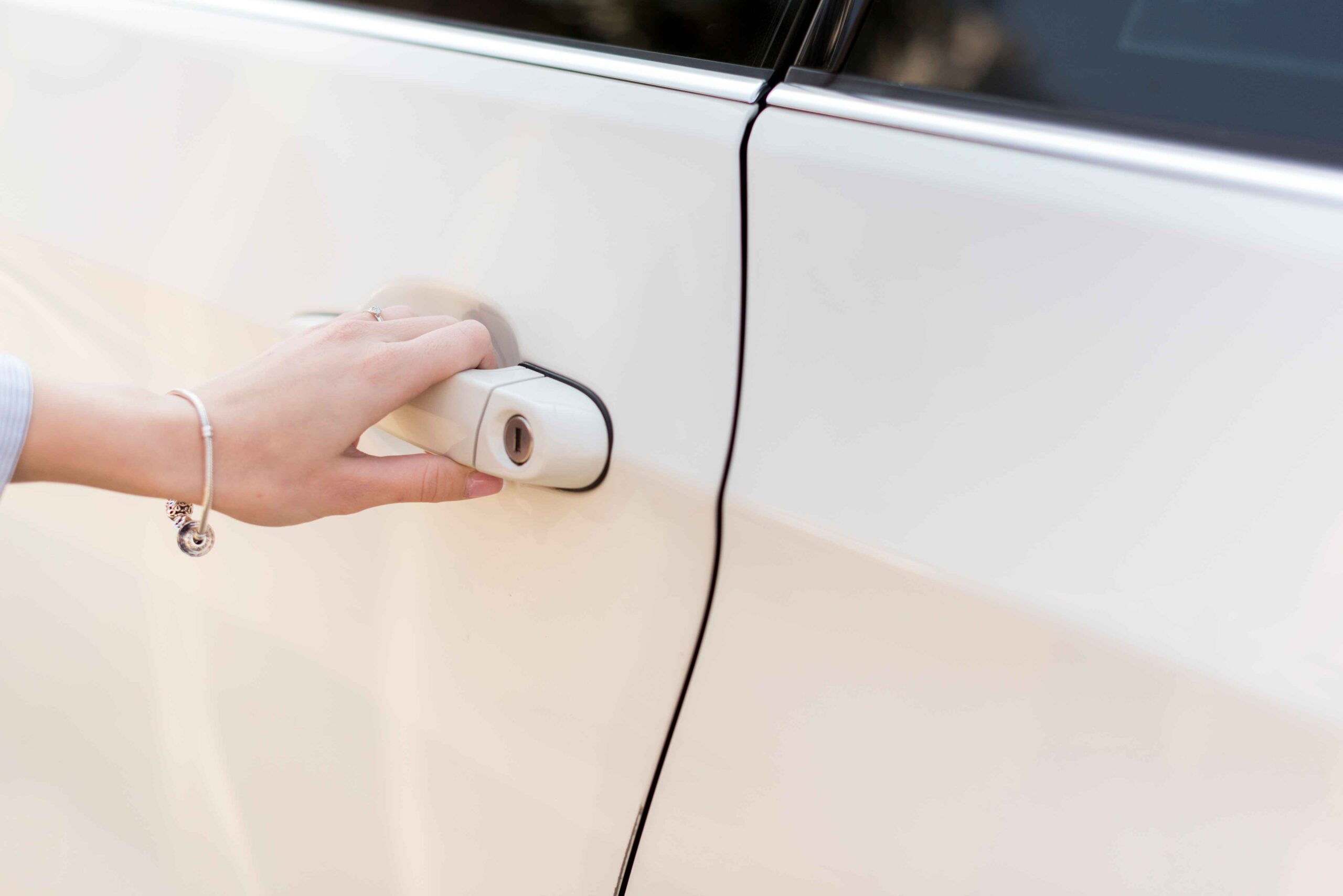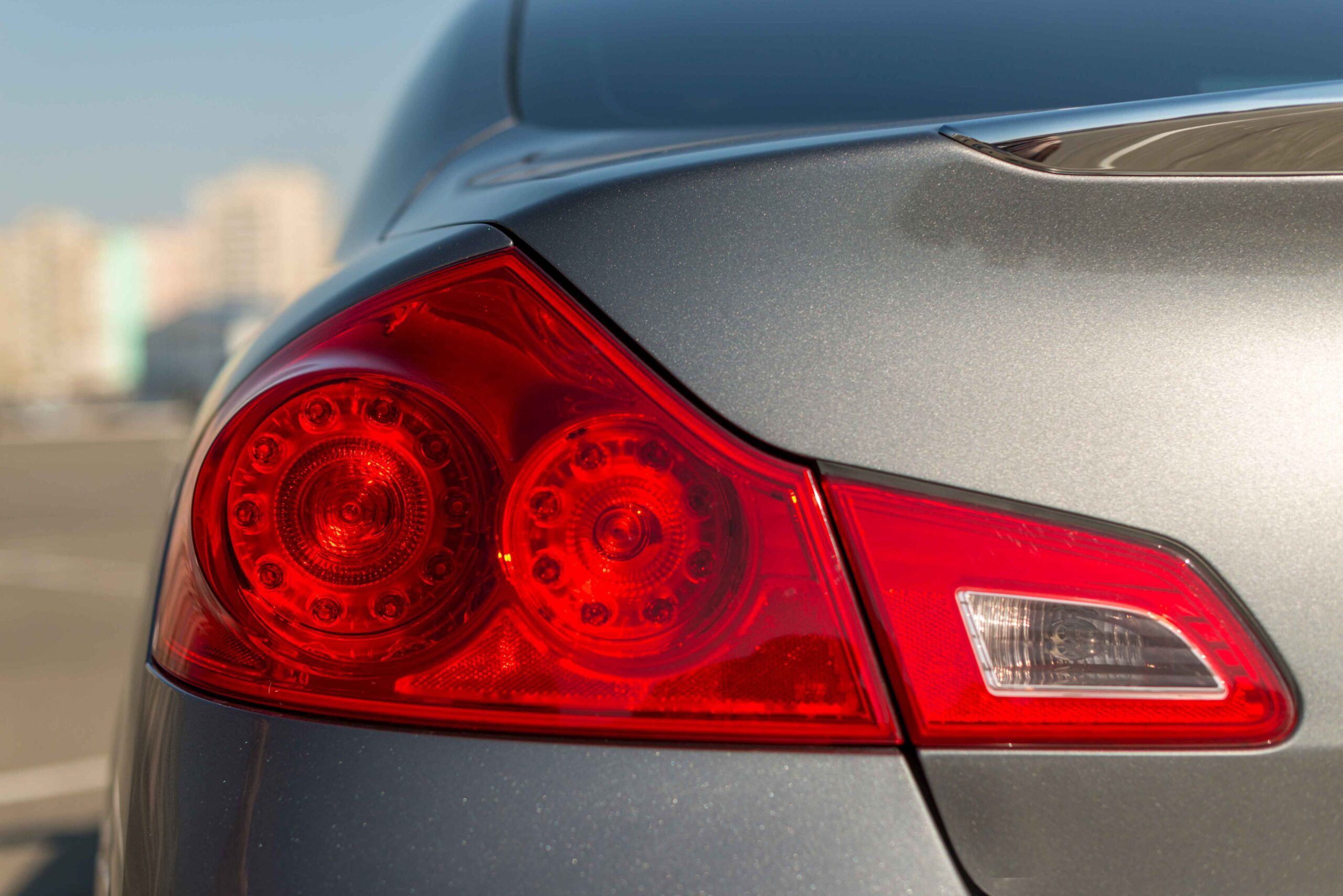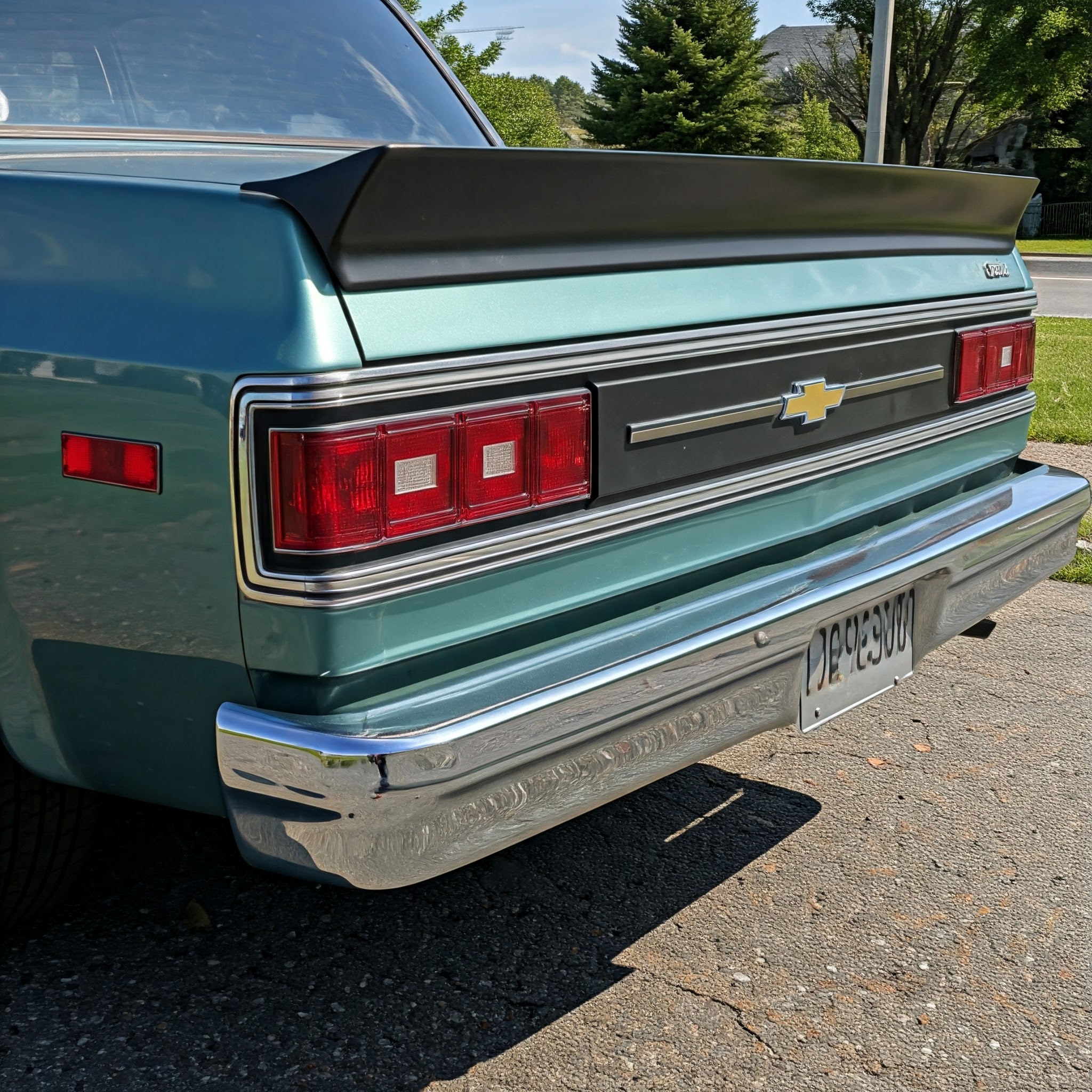The electrical system of your car is its lifeblood. It starts and keeps cars in operation and drives vital functions and activities.
But let’s be realistic, as most of us don’t consider it until it actually malfunctions. Visualize waking up to go to work only to find that your automobile refuses to cooperate. Quite a hassle, isn’t it?
It has been reported that most automotive failures or breakdowns, expensive fixes, and, in some cases, safety problems arise due to neglect of the cars electrical system. But do not fret.
You can prevent these problems and maintain your car’s ideal condition with a proper attitude to this matter. Let’s have a look at what goes into the making of the electrical system and its maintenance practices.
What Are Car Electrical Systems and Why Are They Important?
The operational electrical system of the vehicle contains all the wiring components necessary to power the car. These include the battery, alternator, starter, and wiring.
These components work in harmony to ensure that the vehicle operates at full functionality, including igniting the engine and powering the lights.
Now, here’s how it works.
- The battery’s power serves to initiate the engine to turn on.
- The alternator produces electric power to power additional systems and replenish the battery.
- The starter applies force to the engine giving it the motion so that it can start.
- Wires and fuses are used for power distribution and short protection.
Breakdowns may occur bad enough that the cars might fail to start if any of these parts go down. This is why it is critical to have strong moral principles.
How the Engine Electrical System Connects to Your Car
The engine electrical system powers some of the most critical parts of your vehicle. But how does it work with the rest of the car? Let’s break it down.
The battery delivers electricity to the starter, which cranks the engine. Once the engine is running, the alternator takes over. It powers the electrical system and charges the battery. Together, these components ensure your car starts and runs smoothly.
Here’s a quick look at common problems and solutions:
| Part | Issue | Cause | Solution | Cost |
| Battery | The car won’t start | Weak or dead battery | Replace it | $50–$200 |
| Alternator | Dim lights, stalling | Worn-out alternator | Repair or replace | $200–$500 |
| Starter motor | Clicking sound | Faulty motor | Replace it | $150–$400 |
| Wiring | Electrical shorts | Frayed wires | Repair wiring | $50–$150 |
| Fuses | Electrical failures | Blown fuse | Replace fuse | $10–$20 per fuse |
Ignoring these issues can lead to bigger problems. So, pay attention to warning signs like dim lights or slow starts.
Signs Your Vehicle Electrical System Needs Attention
Your vehicle’s electrical system often shows warning signs before it fails. Catching them early can save you money and prevent breakdowns.
Here’s what to watch for:
- Dashboard Warning Lights: Battery or check engine lights are clear signals.
- Slow Starts: Check the battery or starter if your car cranks slowly.
- Dim or Flickering Lights: This often points to alternator or wiring issues.
- Burning Smell: Overheating wires or components can cause this.
- Frequent Blown Fuses: If this happens, there may be an underlying problem.
These signs are your car’s way of asking for help. Don’t ignore them.
How to Maintain Your Car Electrical System
Want to keep your car reliable? Follow these maintenance tips. They’re simple but effective.
- Check the Battery Regularly
- Clean the terminals to avoid corrosion.
- Test the charge using a multimeter.
- Inspect Wires and Fuses
- Look for damaged or exposed wires.
- Replace blown fuses with the correct type.
- Protect the Alternator
- Listen for squealing noises from the belts.
- Test voltage output at least once a year.
- Take Care of the Starter
- Tighten loose connections.
- Replace the motor if you hear clicking sounds.
- Prevent Short Circuits
- Avoid overloading the system with aftermarket gadgets.
- Use wires that match the manufacturer’s recommendations.
- Follow the Owner’s Manual
- Stick to maintenance schedules.
- Use parts compatible with your vehicle.
How to Handle Common Issues in the Cars Electrical System
Not all problems need a mechanic. Here’s how you can troubleshoot some issues yourself.
- Dead Battery: Jump-start your car and get the battery tested. Replace it if necessary.
- Blown Fuse: Identify the faulty fuse and replace it with the same type.
- Dim Lights: Clean the battery terminals or test the alternator.
If you can’t fix it yourself, don’t hesitate to visit a professional. They can diagnose complex issues.
Tips for Long-Lasting Vehicle Electrical System
Want to extend the life of your vehicle electrical system? Here are some quick tips:
- Inspect Regularly: Catch problems early before they worsen.
- Use Quality Parts: Cheap components often fail quickly.
- Drive Often: Long periods of inactivity can drain the battery.
- Avoid Overloading: Too many devices can strain the system.
- Keep It Clean: Dirt and moisture can damage wires and connections.
- Park in Shade: Extreme heat can affect the battery life.
These small habits make a big difference.
Conclusion: Take Charge of Your Car Electrical System
Your cars electrical system is vital to your vehicle’s performance. Without proper care, you risk breakdowns and expensive repairs. But regular maintenance can prevent these problems. Check your battery, test the alternator, and keep wires in good condition. A little effort goes a long way.
Need expert help? Visit OEM Car Part for quality parts and professional advice. Don’t wait for issues to pile up—act today.
FAQs
It’s the system that powers your car’s components, including the battery, alternator, and starter.
Twice a year or before long trips.
It’s usually due to overloaded circuits or damaged wiring.
Look for dim lights, stalling, or battery warning lights on your dashboard.
Yes, simple tasks like cleaning terminals or replacing fuses are DIY-friendly.
Repairs can range from $50 to $500, depending on the issue.
Regular maintenance, quality parts, and avoiding system overloads can help.







